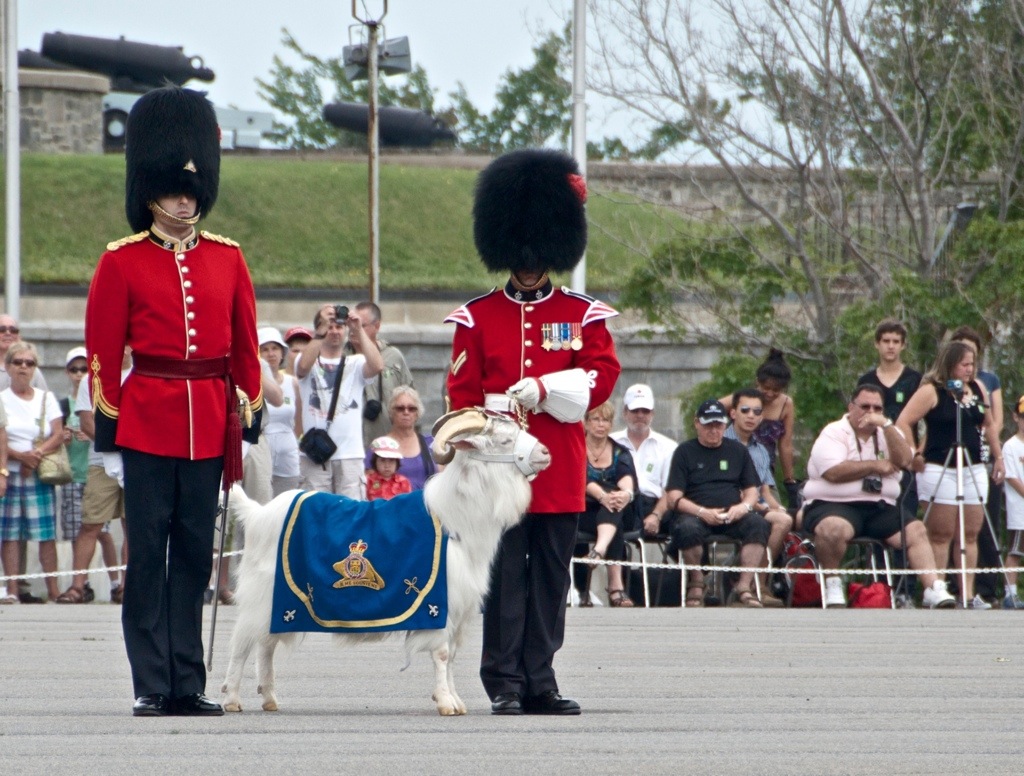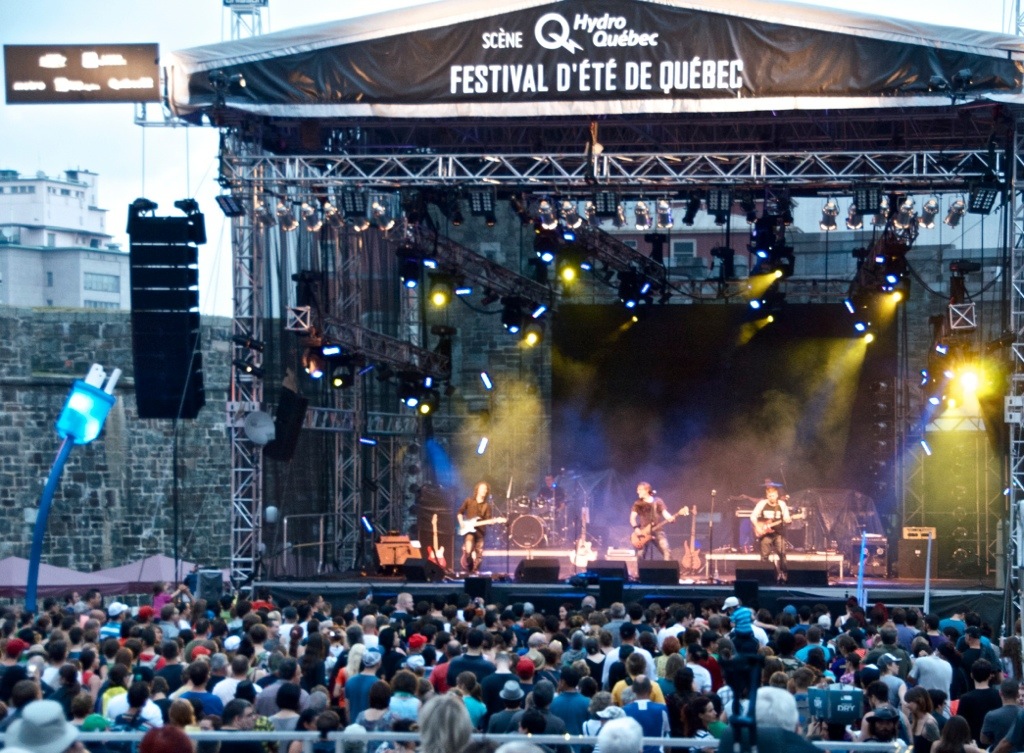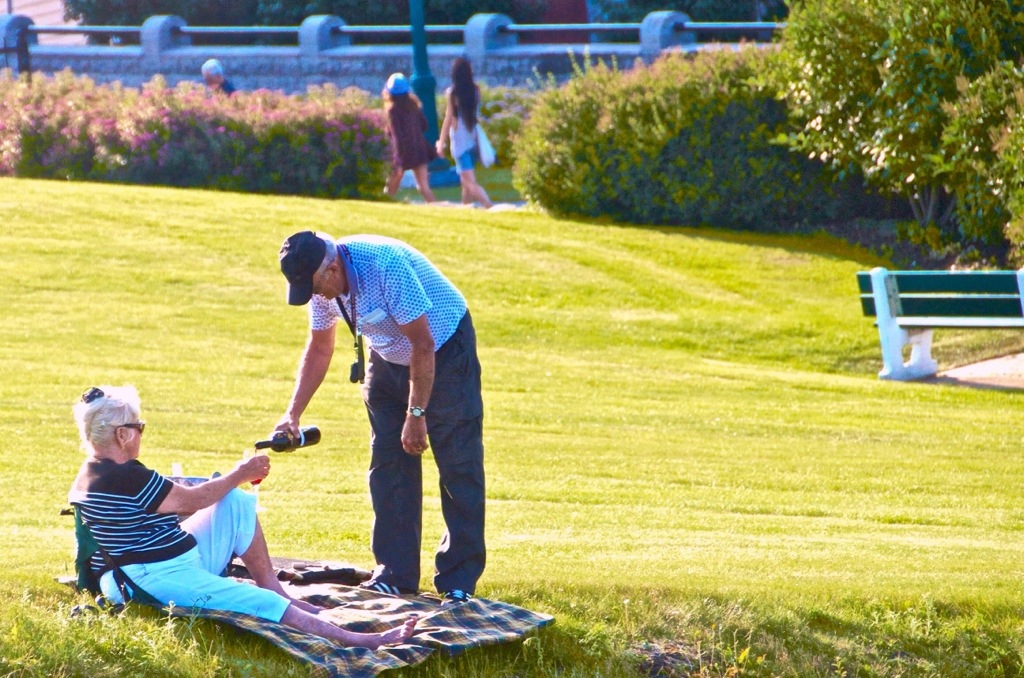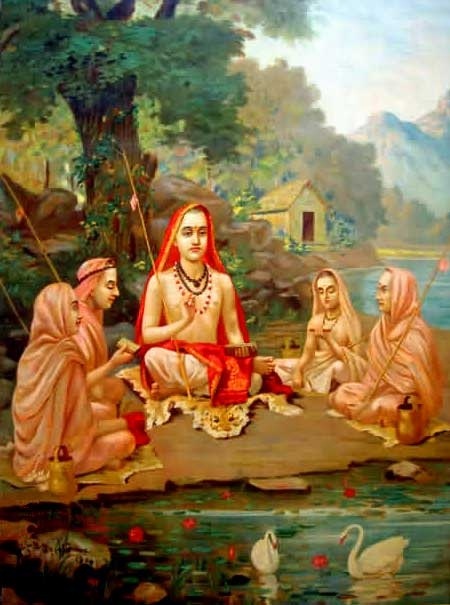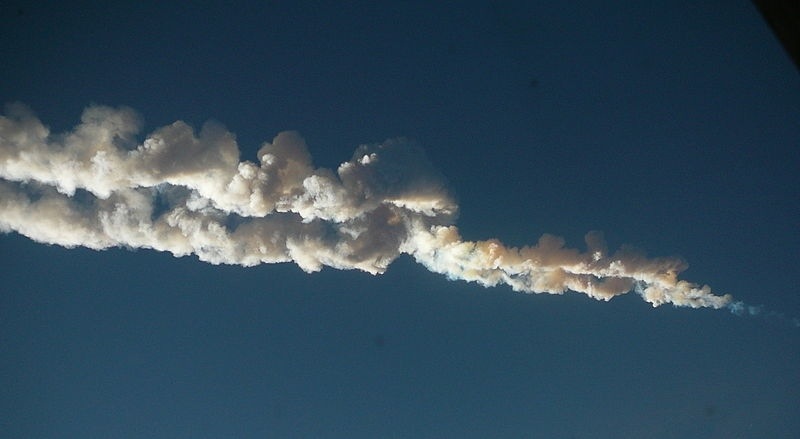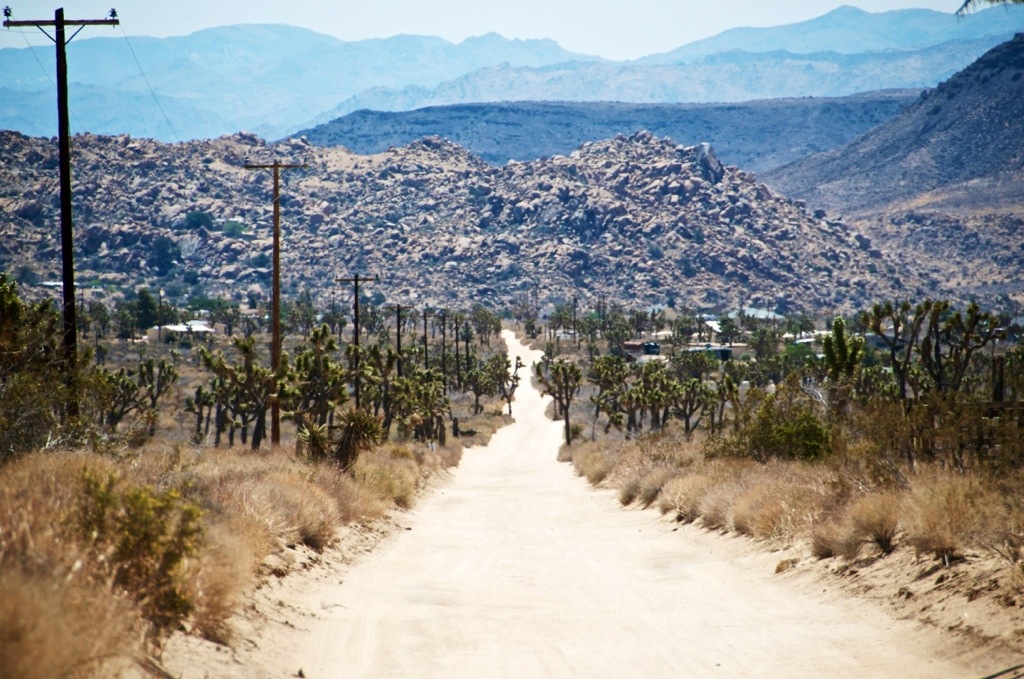October 20, 2012
St. Petersburg Russia
St. Petersburg and Moscow are about 700 km apart, more or less the equivalent of San Francisco to Los Angeles. This morning I boarded a high speed train, the Sapsan, at 7AM in St. Petersburg bound for Moscow, due to arrive at 11:30 AM. This is the equivalent of Europe’s Euro Star. The Sapsan is the same type of train, but it does not run as fast as the Euro Star does in many places in Europe. The Sapsan clocked speeds up to 200 km/h, but on the Madrid to Barcelona run, Spain’s fastest train was clocking speeds well over 300 km/h. It was running on special track. The St. Petersburg to Moscow run looks as if it runs on regular track. Both stations in St. Petersburg and Moscow are clean and efficient and as the train arrives the Russian national anthem is played over loud speakers—a nice touch.
This St. Petersburg to Moscow corridor is the equivalent of Toronto to Montréal, Los Angeles to San Francisco, or Boston to Washington, however, the countryside between St Petersburg and Moscow is in stark contrast to what you see between these Western cities. Between St Petersburg and Moscow there are seemingly unlimited numbers of small wooden shacks and towns with unpaved, and at this time of the year, mud roads. Many of the houses are neat and trim, but the vast majority are rundown. I did not see a single brick house or any large farms—virtually no signs of rural prosperity, which speaks volumes about the state of development in this country. One would expect this St. Petersburg to Moscow corridor to be filled farms and general prosperity, after all, this is the most prosperous area of the country. The countryside itself is beautiful, the land is generally flat and well watered and full of forests, so I see no reason why it should not make relatively good agricultural land. Yes the climate is cold, but I just do not understand why there are not at least some farms. It looks like northern Ontario in the 1970s, run down and poor. The moment the train gets beyond either city you enter this world of wooden shacks, mud roads, and ‘peasants.’ I cannot imagine what these people do for living. Life in Russia is hard.
Moscow has a much different feel than St. Petersburg. There are a lot more police and military on the streets. They are everywhere, especially the military. In fact, Moscow is close to being a police state, at least in my view. And the police can be very imposing. Just this morning, as I was walking down a Moscow street, I stopped to send a text so I moved aside from the walking. Within minutes I was approached by a policeman threateningly raising his stick and waiving me to move on. I was not interfering with the flow of walking traffic, I was dressed in respectable clothes, and yet he didn’t like what I was doing. As he spoke to me in Russian I answered in English and the moment he realized I was a foreigner he immediately backed away. Apparently he didn’t want to interfere with a tourist. I thought it prudent to move on anyway, but to me this was a simple example of the police doing what they do here, being imposing and intimidating. A couple times, I saw policeman prodding and yelling at young men who were a little drunk. In each instance they were ready to club them. I’ve never seen anything like this in North America. Yes, the police can be threatening in America, but they don’t generally club or prod people in the open unless there is a riot or something of a major nature. And to my amazement no one pays any attention to how policeman treat people. It was all perfectly normal, but it certainly jumped up as a red flag in my mind. I got the feeling that if you step out of line the police would beat you in a heart beat and with no hesitation.
After arriving at my hotel, the first thing was to go to Red Square and the Kremlin. There is a thrill at seeing something you’ve seen on television and in magazines for so many years and then to suddenly see it in person for the first time. Walking into Red Square, with Saint Basil’s Cathedral looming up at you is an amazingly experience! What a rush!
In essence Red Square is a large assembly area with the Kremlin walls on one side and an upscale shopping mall on the other. This mall, I’m sure, used to be government buildings. St. Basil’s is at the far end and a museum is at the other. To the side, up against the Kremlin wall, is Lenin’s tomb. Unfortunately the monument was closed so Lenin’s body could not be viewed. St. Basil’s Cathedral is a spectacular experience. Every part of this gorgeous building is an ocean of historical detail. A Russian orthodox Cathedral of this design is actually a conglomeration of small churches constructed around a center. In the case of St. Basil’s it is nine churches, eight of which are grouped around a center church. Perhaps a collection of nine shrines is a better way to describe it. In any case each church has a unique theme and is full of wall paintings and with an elaborate iconostasis. There are no large assembly areas as one sees in a Roman Catholic or Protestant cathedral. From my perspective it’s like a South Indian Hindu Temple with personal viewing areas at each iconostasis as opposed to a large assembly area. An iconostasis is an elaborately carved and ornamented screen that separates the congregation from the altar where the priests do their worship. Every inch of the space inside this cathedral is covered with wall paintings and other religious designs. And like a South India temple, worship tends to be more personal and one-on-one and less communal than in a Roman Catholic or protestant cathedral. I did hear from some criticism that St. Basil’s Cathedral and this kind of orthodox cathedral is a little over embellished and candy-cane, but from a tourist’s perspective this is the primo site in Moscow. It is spectacular.
After Red Square I went into the Kremlin, which is a large walled off area where the government buildings including many smaller orthodox cathedrals are located. I had to go through a lot of security to enter his area. Religion and state power go hand-in-hand in Russia. Except for Soviet times this is the way its been since the beginning of time. There is some irony in that here I was visiting Red Square and the Kremlin and seeing the seat of the Russian Federation and old Soviet Empire and I’ve never visited Washington DC! I suppose it’s always more exotic to visit other places before you fully appreciate your home. But without a doubt it was a thrill to see what I’ve seen on TV so many times! And I must say the whole Kremlin/Red Square area is well kept with beautiful lawns, trees and parks. Russians are good garden people. For me the most interesting part of the Kremlin was the Square of the Cathedrals, which is a grouping of five orthodox cathedrals. Unfortunately they are now museums. They have not yet been resurrected since Soviet times. Again, each cathedral is unique yet similar to St. Basil’s, just without the embellished candy-cane look on the outside. Inside, each one is full of elaborate wall paintings, designs and a gorgeous iconostasis. Unfortunately, no photos are allowed in any of these cathedrals, but if you see the photos from St. Basil’s you’re seeing something similar. It was an exciting experience.
After visiting Moscow and the Kremlin and spending a little time ‘crawling around’ in the back alleys of this country I come to the following first-impression conclusions. Even though this country has large ornate buildings, metros and train stations, rich artistic traditions and a complex and diverse culture, there is a real difference between being here and being in the West. The premises upon which this society are built are very different from what I grew up with; and one can feels these differences, especially in a place like the Kremlin. These differences have to do with religion and power. This is a patriarch driven culture much more than the west. Russia had no Martin Luther, no Protestant Reformation, and therefore it has no historical foundations for democracy. One can look at the Bolshevik Revolution as an attempt to break the strangle hold of the patriotic system that was Russia in those days. I see the Protestant Reformation as a similar process breaking the authoritarian stranglehold of religion in Western Europe. It gave birth to the idea that the individual could live a life according to their own ways without the need for a priest, a pope or a authoritarian father figure. Russia today is not a full-fledged democracy like we see in the west. The experiment of the Bolshevik revolution, to break the ways of the past is still underway. Russian is experimenting with democracy. This is still very much an authoritarian state. And one sees it in the way the police treat people and in the pessimism of the average Russian who thinks nothing will ever change. The average Russian does not feel in control of their destiny. Many feel they have the window dressings of democracy without the substance of democracy. Many even yearn to return to Soviet ways. Being here you know you are in a different place. America, Canada, Britain, Europe, Australia, New Zealand are all places built on similar premises. But the premises of Russian culture are different. And when I come into a place like this I see something just as big and real as the West, yet something very alien to that culture. I would not want to live here. Being here for just a week or two, even though this place is filled with an incredibly rich and diverse culture, I deeply appreciate the traditions of the West, which grant freedom to the individual that Russians do not have. A perfect example is the beautiful Cathedral of St. Denis our Savior which is located not far from the Kremlin. This is a beautiful and modern Russian orthodox cathedral situated in the center of Moscow and it is the place where just a few weeks ago a group of young girls, a punk rock band, staged a protest concert right in the altar area within this cathedral! You can see this concert on YouTube. They criticized the church and Russia’s current leadership, and for such an act of civil disobedience they were beaten and given long prison sentences. In America they would have spent a night in jail and have been cited as a public nuisance. And had the government tried to prosecute them the American Civil Liberties Union would have eagerly supported their right of freedom of speech. These are just young kids, girls, and they get put in prison for such a thing? It defies belief, yet it speaks volumes about the nature of this society. It has power and organization, but as a democratic institution it is not even close.

